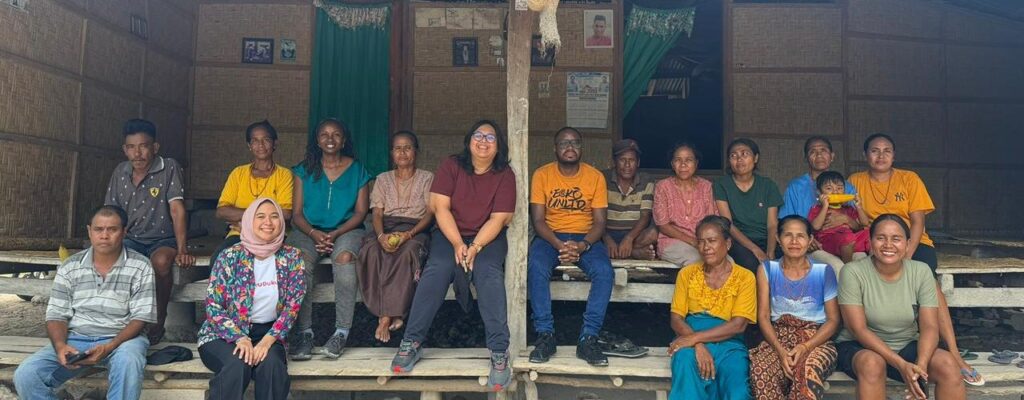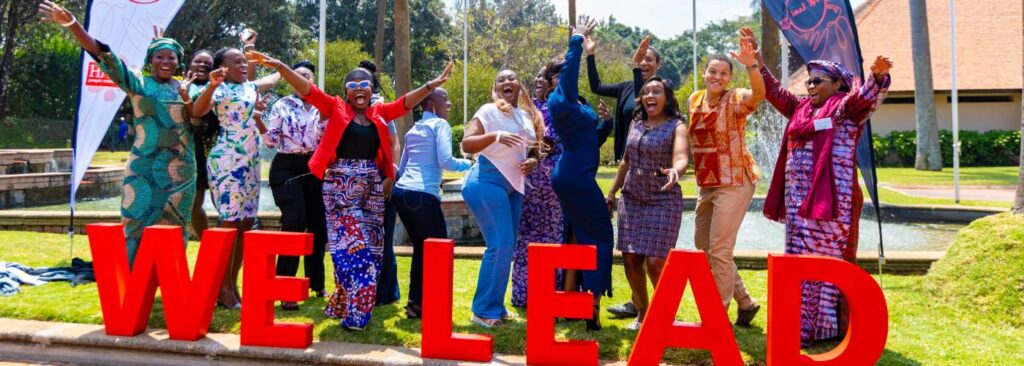Blog: Connecting the dots, key lessons from the campaign
By Kalevera E. Imungu, Project Associate Women@Work Campaign for Hivos East Africa.
According to World Bank estimates, the population of women that made up the workforce in 2018 was 38.9 percent. With an estimated 2.92 billion women working in the world, the need for decent work and gender equality within the workforce should be a key goal for every employer, citizen and government. Taking up its role in this task, Hivos begun the Women@Work Campaign in 2012 and over time Hivos has been able to connect the dots and draw key lessons and experiences that have shaped this intervention.
Seven years later, the Women@Work Campaign has been working with partners in East and Southern Africa to achieve dignified working conditions for women in the horticulture industry. Over this time, the program has created pockets of transformative movement within horticultural farms that now collectively lead the change and advocacy for decent work for women under the campaign and beyond.
Debut of Women@Work Campaign
Coming into a space where the conversation around decent work barely covered a gender angle Women@Work partners broke new ground in the field of engendering dignity in labor. And as with any campaign bringing together multiple actors immersed in different areas of intervention, one of the key things to lead change is synchronicity. Synchronicity allows for combined efforts to make the most impact. Hivos has endeavored to engage partners whose strengths complement each other and organize learning fora for the various partners implementing the project. Hence, through incorporating joint learning within program design and possibly joint work plans, partner’s efforts can further work in tandem with each other.
Hivos way of working
Beyond working with frontrunners and champions, Hivos’ model also believes that lasting change rests with not only people doing better, but also governments through policy change. Engaging productively with governments continues to be a hurdle in light of long winded legislative processes and lack of political good will in areas where governments and private entities meet. It’s not uncommon to find African governments are stuck between balancing investor interests versus worker’s demands for better work conditions.
Stakeholder buy-in into realizing a dignified workplace is not only expected from governments and investors but local coalitions and network bodies as well. Growers’ coalitions and trade unions play a pivotal role in actualizing the vision of decent work for women. These moving parts have ensured that the solutions co-created by Hivos and its partners are responsive, measured, effective and to the extent possible, agreeable by all parties.
Campaign achievements
Retrospectively, there have been several successes and successful approaches under the program that have yielded marked success. The adoption of the model sexual harassment policy is a key milestone of the program that has seen approximately 200 farms from Kenya, Uganda, Tanzania and Ethiopia take-up the policy. Another major success of the program has come through leadership training for women workers that have led to a noticeable increase in their awareness of their rights and an interest in leadership roles at farm level and beyond.
Workers have also been able, through awareness of their rights to agitate for better working conditions and/or protective equipment and better health and safety measures. This has particularly been beneficial to pregnant women who can temporarily be assigned lighter duties during this period and as needed after.
Policy triumphs including securing up to six collective bargaining agreements in Tanzania and discussions around better living wage in Rwanda have been as a direct result of partner interventions under the Women@Work Campaign. Other strategies such as translating training material into local languages has proved successful in ensuring as many workers as possible access information in a manner that is easy for them to understand but to disseminate to others.
What lies ahead?
Looking forward, the Campaign envisions even more collaborative approaches in its possible future interventions with an emphasis on co-learning from, within its partners, other CSOs, regional and international networks.
Continuing to strengthen partner’s capacities in lobby and advocacy, media engagement, the use of social media and movement building amongst beneficiaries and partners themselves are priorities that we hope to carry forward in the future of the program and to ultimately secure the workplace for all women.








